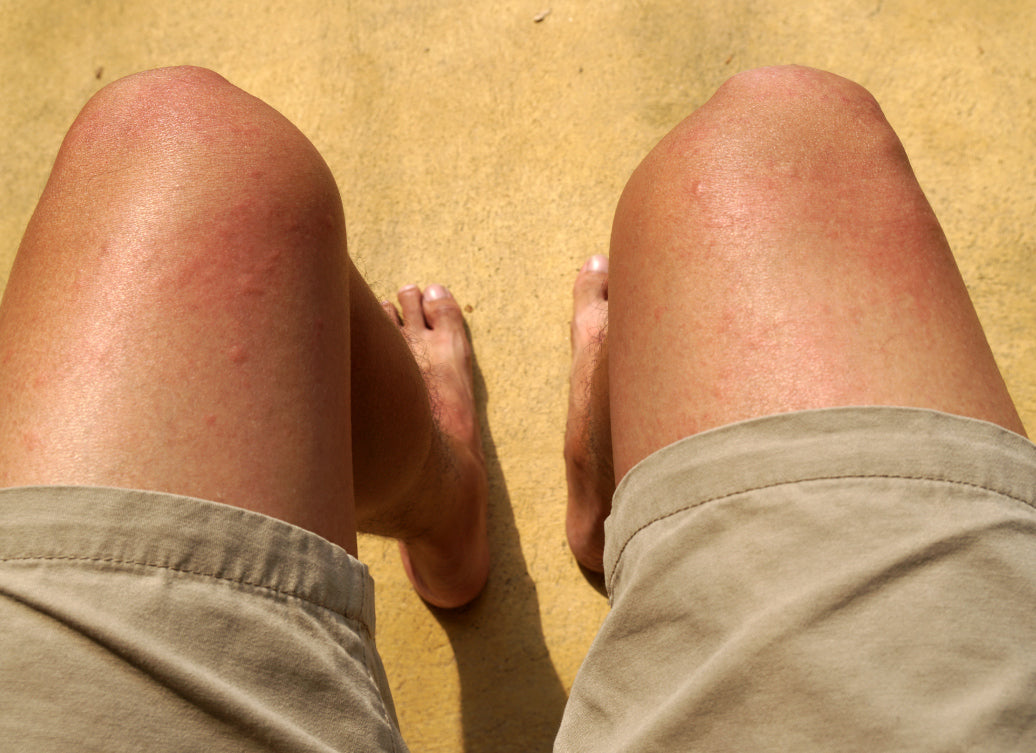I’m worried that someone might catch my chlorine rash, but is that possible?!
Chlorine is an interesting chemical in that without it swimming pools would be extremely unhygienic, unsavoury soups of human secretions, bacteria, and viruses – a nasty thought - but although as a disinfecting agent it helps protect swimmers from health issues, leaving it on your skin and hair after a shower can cause a separate health issue: chlorine rash!
It’s absolutely vital to shower after time spent in any body of water - the sea, rivers, and lakes included – but neglecting to shower following a dip in a chlorinated swimming pool places you at risk of getting chlorine rash. It’s a pesky, potentially very uncomfortable, kind of contact dermatitis (also known as irritant contact dermatitis), and although the more sensitive your skin the more vulnerable you are to it, anyone can can get chlorine rash if they don’t shower after a swim.
However, as a skin problem that can develop literally within minutes-to-hours after a dip, is it contagious?
Fortunately, the good news is that chlorine rash cannot spread from person so, no, it is not contagious.
Can chlorine rash spread on my body?
Chlorine rash can appear anywhere on the body that’s been in contact with chlorine. It’s a powerful chemical that actually strips away the sebum of your skin. Sebum is secreted by the sebaceous glands within hair follicles, and is an essential oily substances that stops your skin from drying out. If subjected to chlorine in a swimming pool, but the chlorine is not washed away by showering afterwards, that’s when a chlorine rash can develop and take hold.
As swimming involves full immersion in a pool it can occur on the face, torso, back, arms, legs, and feet. The rash begins with itchy redness in the affected area, and can develop into patches of tight, chapped, and tender skin that can burn or sting. If attended to quickly it will disappear within a few days, but does not spread to any unaffected parts of your body from wherever it’s sited.
If you do get a chlorine rash, it’s essential to stay out of the swimming pool while you treat it, as swimming will only exacerbate the situation and it could potentially flare up in any areas of the body originally unaffected by it.
Of course, chlorine is not the only possible culprit for a post-dip rash: check out Why Do I Get A Rash When I Go Swimming? for other possible causes, and always check it out with a doctor if you're worried.
For more information about looking after your skin when swimming, see our article on The Best Natural Treatment For Chlorine Rash.
Recommended products
Balmonds Skin Salvation
with hemp and beeswax
Bath & Body Oil
with lavender, hemp and olive

